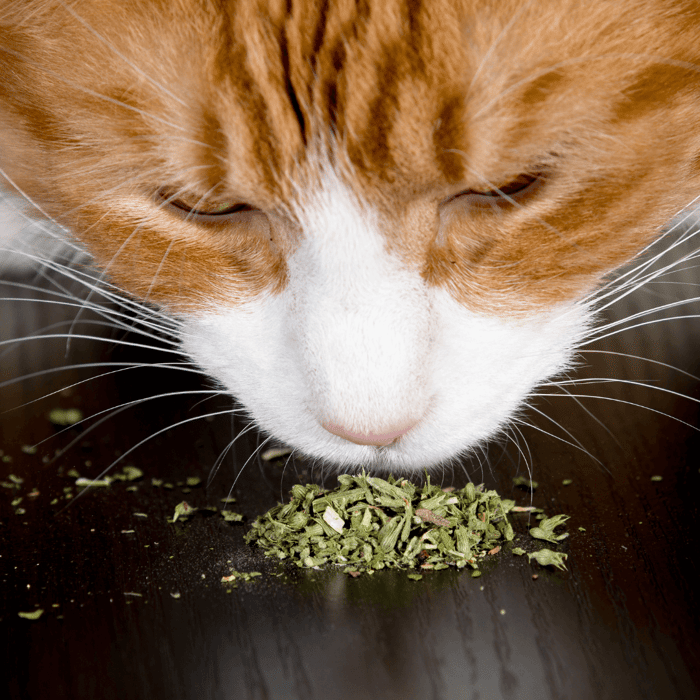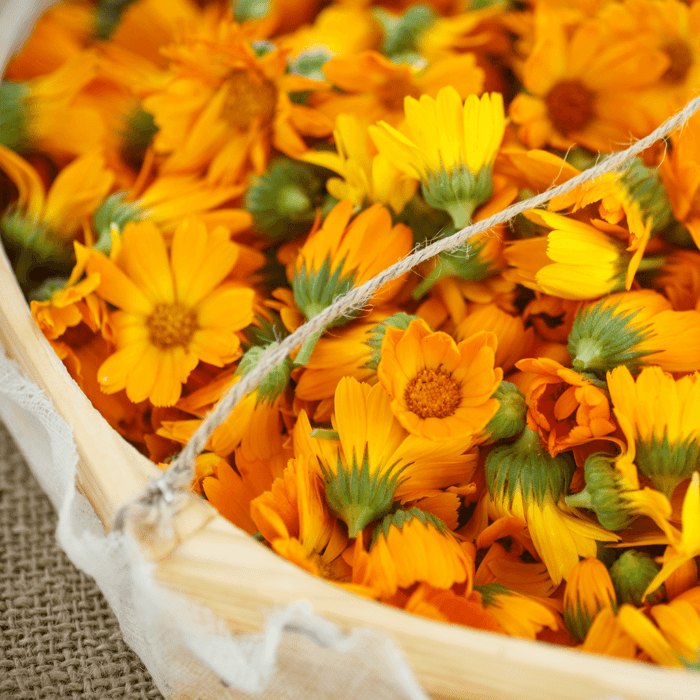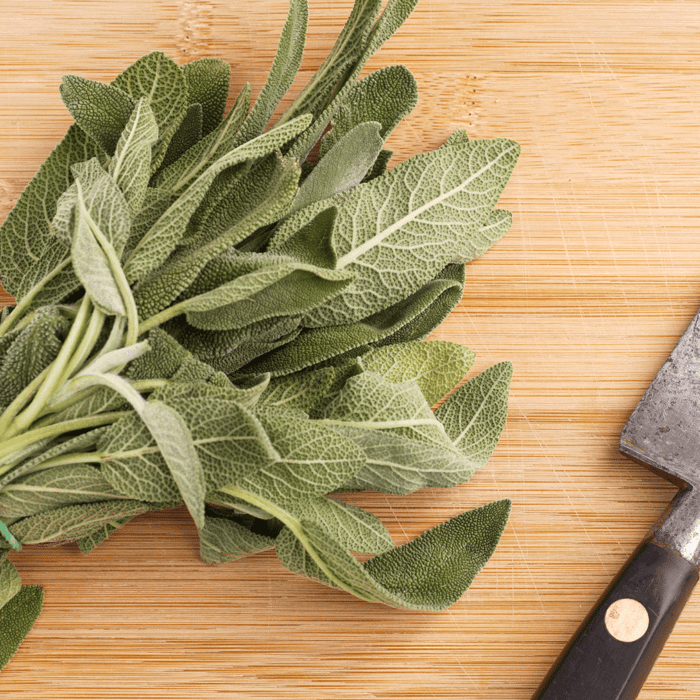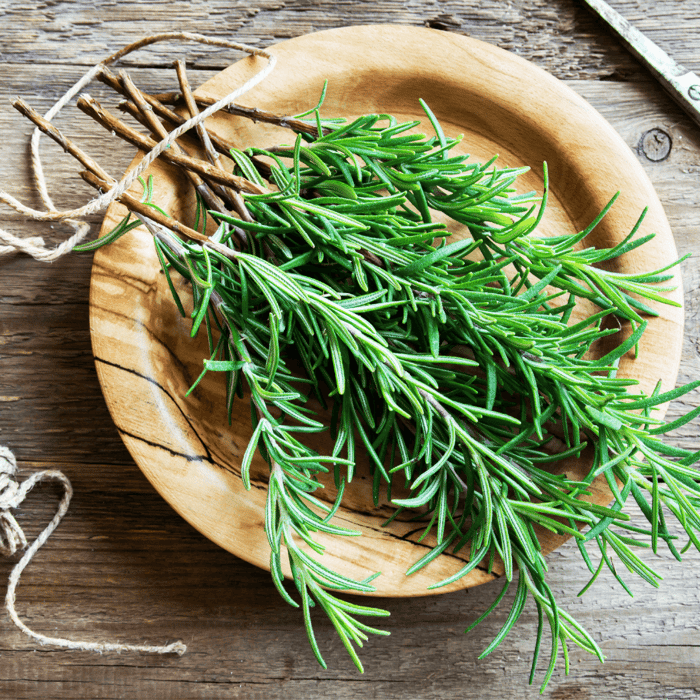Catnip (nepeta cataria) is a member of the mint family and is well known for its euphoric effect on cats. However, catnip is not just a treat for felines but is also a great addition to any indoor garden. Growing catnip indoors is easy and can be done all year round. This article will discuss how to grow catnip from seed indoors.
The Benefits of Growing Catnip Indoors
Growing catnip indoors has several benefits, such as:
- You can enjoy the benefits of catnip leaves without worrying about outdoor pests.
- You can grow catnip all year round, regardless of the weather.
- You can have fresh catnip leaves for your feline friend at any time.
- It's a low-maintenance plant that is easy to grow, making it perfect for beginner gardeners.
Planting Catnip Seeds Indoors
Catnip is a perennial plant that grows up to 3 feet tall and 2 feet wide. Catnip grows best in full sun and requires at least 6 hours of sunlight pdaily Here's how to grow catnip from seed indoors:
Materials Needed
- Catnip seeds
- Seed tray or small pots
- Potting soil
- Water
- Grow lights (optional)
Popular Herb Seeds for Planting | 35 Variety Pack
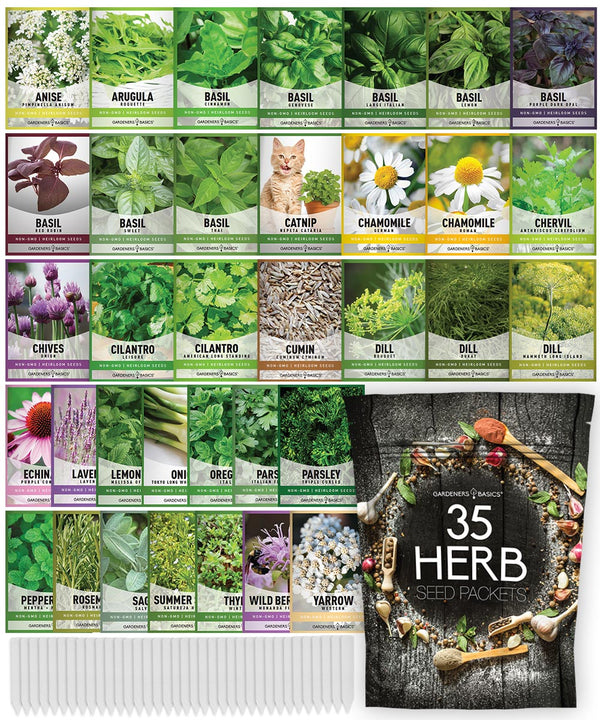
$29.95
$49.95
Heirloom, non-GMO herb seeds for indoor and outdoor home gardens! Introducing our 35 Herb Seeds Variety Pack, the ultimate selection for any herb garden enthusiast! This premium assortment includes heirloom herb seeds that are non-hybrid, open-pollinated, and non-GMO, ensuring you get only… read more
Steps
- Fill your seed tray or small pots with potting soil. Catnip seeds need to be planted about ¼ to ½ inches deep in the ground.
- Sow the catnip seeds on the soil's surface and cover them lightly with additional soil.
- Water the soil gently to moisten it but avoid overwatering, which can lead to root rot.
- If using a seed tray, cover it with a clear plastic lid or plastic wrap to help retain moisture.
- Place the tray or pots in a warm location, around 70°F, and in direct sunlight or under grow lights if you don't have a sunny window.
- Water the soil regularly, keeping it moist but not waterlogged.
- The catnip seeds should germinate within 7 to 10 days.
- Once the catnip seedlings are about 3 inches tall, thin them to about 12 inches apart to give them room to grow.
Plant Care
Here are some essential tips on how to take care of your catnip plant:
- Water: Catnip needs regular watering to keep the soil moist but not waterlogged. Water the ground when the top layer feels dry to the touch.
- Light: Catnip needs at least 6 hours of direct sunlight per day. If you don't have access to direct sunlight, you can use grow lights to provide the necessary light.
- Soil: Catnip prefers well-draining soil with a pH range of 6.0 to 7.0. Avoid using heavy clay soil, as this can lead to root rot.
- Fertilizer: Catnip doesn't need much fertilizer. You can add a slow-release fertilizer to the soil before planting or use a liquid fertilizer once a month during the growing season.
- Pruning: Regular pruning will encourage the catnip plant to produce more leaves. When the catnip plant starts to flower, pinch off the flower buds to encourage the plant to make more leaves.
Harvesting Catnip Leaves
Catnip leaves are ready to be harvested when the plant is about 6 to 8 inches tall. Here's how to harvest catnip leaves:
- Use scissors or pruning shears to cut the catnip leaves off the plant. Cut the leaves at the base of the stem.
- You can dry the catnip leaves by hanging them upside down in a dark, well-ventilated area for 1 to 2 weeks or using a dehydrator.
- Once the leaves are dry, remove them from the stem and store them in an airtight container.
Common Issues and How to Solve Them
While catnip is a relatively easy plant to grow, it can still experience some issues. Here are some common problems and how to solve them:
Yellowing leaves
Yellowing leaves can be caused by overwatering or underwatering. To fix this issue, water your catnip plant regularly but not excessively.
Herb Seed Assortment | 15 Variety Pack
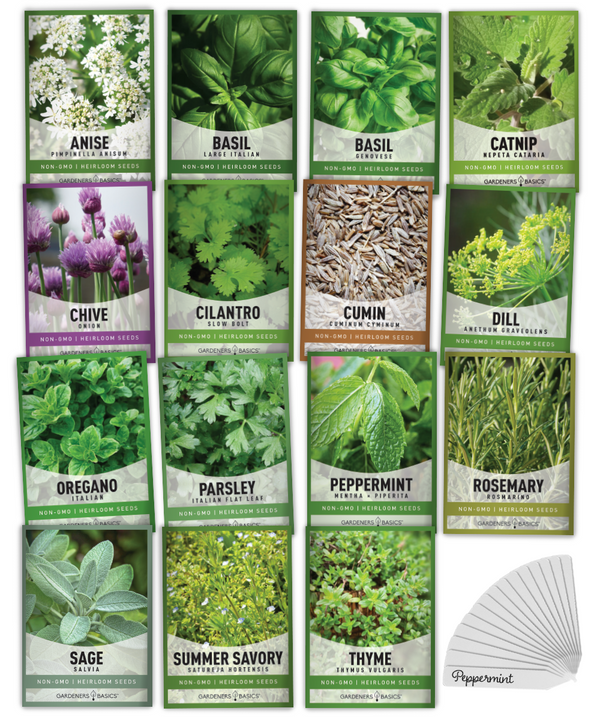
$19.95
Unlock the Power of Homegrown Herbs: 15 Heirloom Herb Seeds for Sustainable Gardening Introducing our 15 Herb Seeds Variety Pack—the ultimate collection for any home gardener, herbalist, or culinary enthusiast looking to grow fresh, flavorful herbs. Each of the 15 herb… read more
Powdery mildew
Powdery mildew is a fungal disease that can affect catnip plants. It appears as a white powdery substance on the leaves. To prevent this issue, ensure good air circulation and avoid overhead watering. If you notice powdery mildew on your catnip plant, remove the affected leaves and treat the plant with a fungicide.
Pests
Indoor catnip plants are less prone to pests but can still be affected by spider mites, aphids, or whiteflies. Inspect your plant regularly and remove any affected leaves to prevent this issue. You can also use neem oil or insecticidal soap to control pests.
Conclusion
Growing catnip from seed indoors is an easy and rewarding project that can provide fresh catnip leaves for your feline friend. Following the steps outlined in this article, you can successfully grow catnip indoors and enjoy the benefits of this versatile herb. Remember to provide adequate sunlight, water, and soil for your catnip plant, and you'll be rewarded with a healthy and thriving plant. Now that you know how to grow catnip indoors from seed, will you try it for your fur baby?
FURTHER READING --->>> How to grow cat grass
Frequently Asked Questions
Q: How long does it take for catnip seeds to germinate?
A: Catnip seeds usually germinate within 7 to 10 days when planted in warm, moist soil.
Q: Can I use regular potting soil to grow catnip indoors?
A: You can use regular potting soil to grow catnip indoors. MEnsurethe soil is well-draining and has a pH range of 6.0 to 7.0.
Q: How much light does catnip need to grow?
A: Catnip needs at least 6 hours of direct sunlight per day. If you don't have access to direct sunlight, you can use grow lights to provide the necessary light.
Q: How often should I water my catnip plant?
A: Water your catnip plant regularly to keep the soil moist but not waterlogged. Water the ground when the top layer feels dry to the touch.
Q: How do I know when to harvest catnip leaves?
A: Catnip leaves are ready to be harvested when the plant is about 6 to 8 inches tall. Use scissors or pruning shears to cut the leaves off the plant at the base of the stem.
Q: Can I grow catnip outdoors?
A: YCatnipcan be grown outdoors in full sun and well-draining soil. However, growing catnip indoors allows you to enjoy fresh catnip leaves all year round without worrying about outdoor pests.
Q: How do I prevent pests from attacking my catnip plant?
A: Indoor catnip plants are less prone to pests, but they can still be affected by spider mites, aphids, or whiteflies. Inspect your plant regularly and remove any affected leaves. You can also use neem oil or insecticidal soap to control pests.
Q: Can I propagate catnip from cuttings?
A: You can propagate catnip from cuttings by snipping a 3- to 4-inch stem from the plant and rooting it in water or moist soil. Once the roots are established, you can transfer the cutting to a larger pot.



